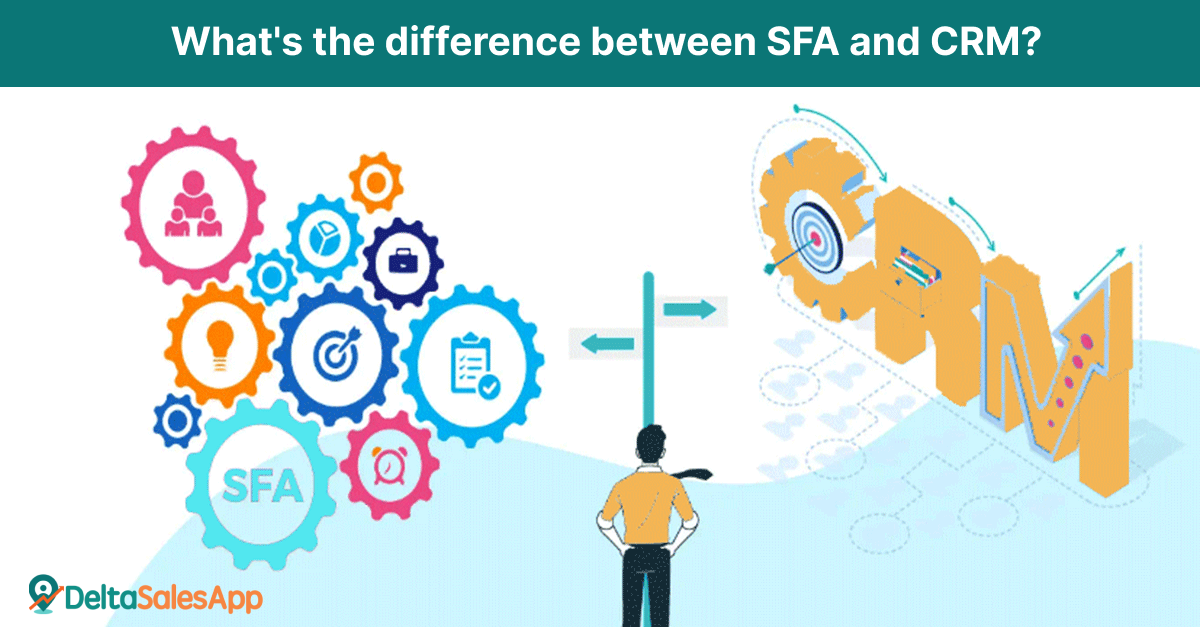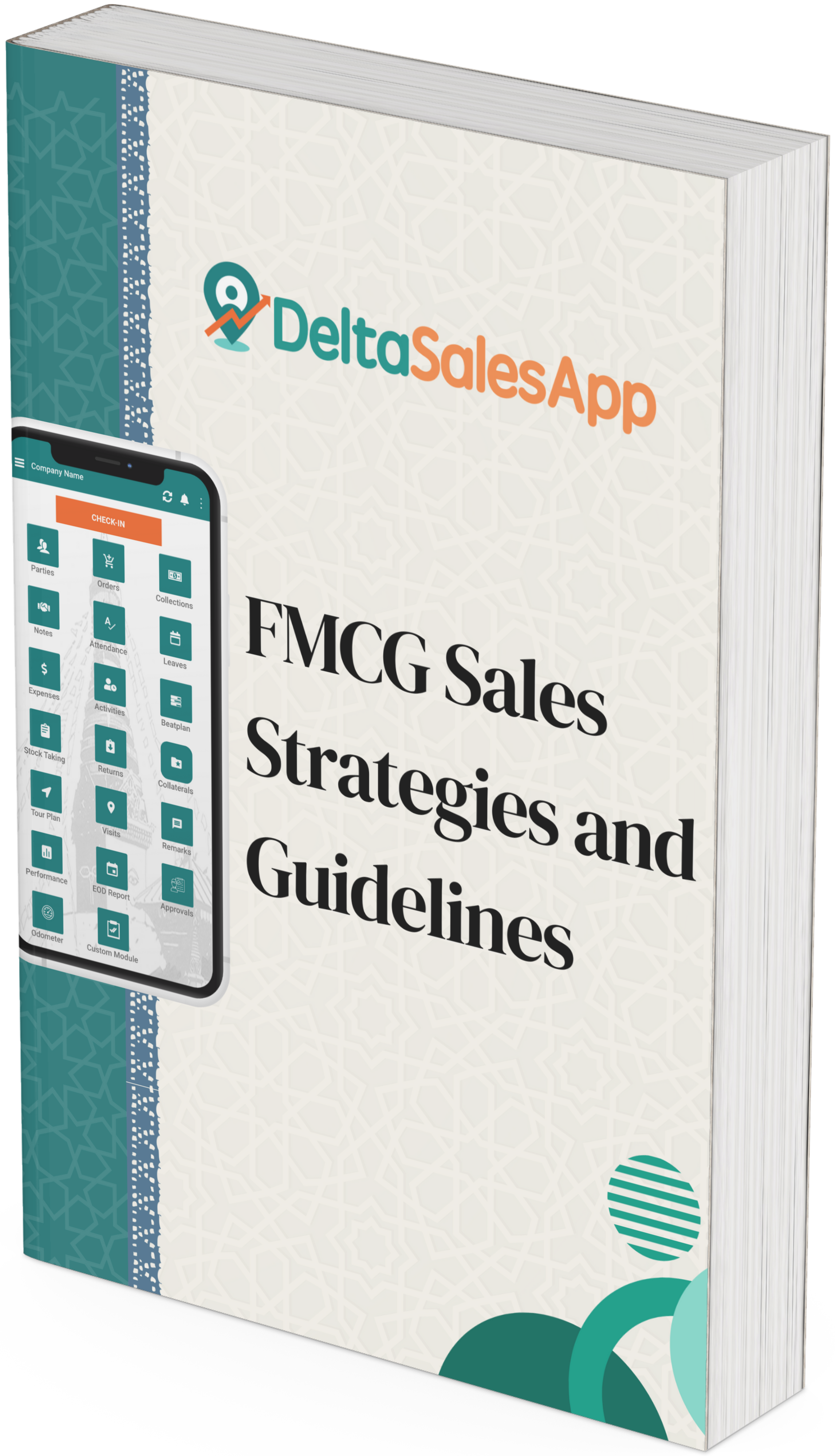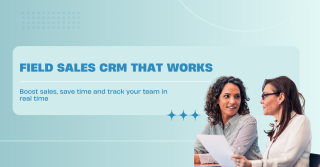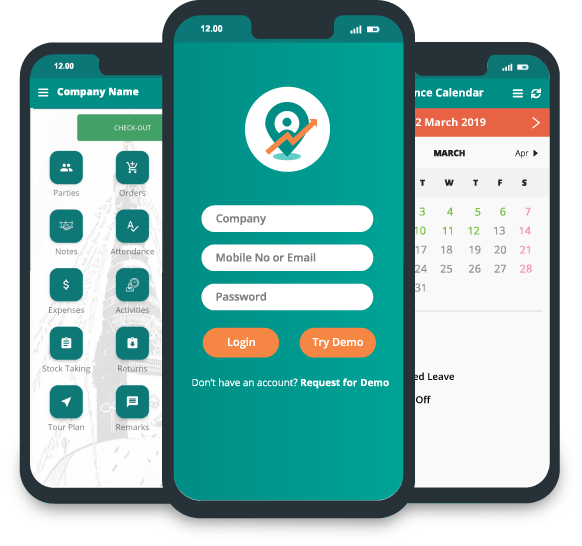What's the difference between SFA and CRM?

Are you tired of hearing the acronyms SFA and CRM thrown around in business conversations, without really understanding what they mean? Don't worry, you're not alone! In today's rapidly evolving digital landscape, Sales Force Automation (SFA) and Customer Relationship Management (CRM) have become essential tools for businesses looking to stay competitive. But what exactly is the difference between these two powerful systems? Buckle up as we dive into the world of SFA and CRM, unraveling their unique features and helping you choose the perfect solution for your organization's success.
Introduction
Salesforce automation (SFA) and customer relationship management (CRM) are two of the most popular software categories in the customer relationship management (CRM) industry. Both SFA and CRM systems aim to streamline and automate sales and customer service processes, but they differ in their approach and functionality.
SFA software is designed primarily for sales teams. It includes features like contact and lead management, opportunity tracking, quote and order management, and pipeline reports. CRM software, on the other hand, is designed for a wider range of users including sales, marketing, customer service, and even IT. CRM software includes features like contact management, account management, lead management, opportunity tracking, case management, product catalogs, quotes and orders, workflow automation, analytics, and reporting.
So which one is right for your business? It depends on your specific needs and requirements. If you're primarily focused on sales processes and need a system that's easy to use and quick to implement, then SFA could be a good option. If you're looking for a more comprehensive solution that will cover all aspects of your customer relationships, then CRM would be a better choice.
What is SFA (Sales Force Automation)?
Sales force automation (SFA) is a technology that automates the tasks of a sales force. It can automate the tasks of individual salespeople as well as those of a sales team.
The main aim of SFA is to increase efficiency and productivity in the sales process. It does this by automating repetitive tasks, such as data entry, lead tracking, and contact management. SFA can also provide sales teams with real-time insights into their performance, helping them to identify areas where they need to improve.
While SFA and CRM (customer relationship management) are often used interchangeably, they are two different things. CRM is a broader term that refers to how a company manages its relationships with customers. This includes everything from marketing and customer service to product development and order fulfillment. SFA is just one part of CRM; it focuses specifically on the sales process.
What is CRM (Customer Relationship Management)?
The term “CRM” stands for Customer Relationship Management. CRM is a type of software that helps businesses manage their customer relationships. It can be used to track customer interactions, store customer data, and automate marketing and sales tasks.
CRM systems can be used to track every interaction a customer has with a company, including phone calls, emails, and social media interactions. This data can then be used to create a 360-degree view of the customer, which can be used to improve customer service and target marketing efforts.
In addition to tracking customer interactions, CRM systems can also be used to store customer data, such as contact information, purchase history, and preferences. This data can be used to create targeted marketing campaigns and personalized offers. CRM systems can also automate marketing and sales tasks, such as lead generation, prospecting, and email marketing.
CRM systems are an essential tool for businesses that want to improve their relationships with their customers. By tracking customer interactions and storing customer data, CRM systems help businesses provide better service and tailor their marketing efforts to each customer.
How Do They Relate?
Sales Force Automation (SFA) and Customer Relationship Management (CRM) are both tools that salespeople use to manage their customer relationships. SFA is focused on automating sales processes, while CRM is focused on managing customer relationships.
SFA includes features like lead management, contact management, opportunity management, and pipeline management. CRM includes features like customer segmentation, customer profiles, and customer 360 views. SFA and CRM can be used together to give salespeople a complete view of their customers.
Benefits of Using Both SFA and CRM Together
Salesforce automation (SFA) and customer relationship management (CRM) are both beneficial for sales organizations. When used together, they can provide even more benefits. Some of the benefits of using both SFA and CRM together include:
1. Increased Efficiency: Using both SFA and CRM together can help sales organizations become more efficient. SFA automates repetitive tasks, such as data entry and lead tracking, which frees up time for sales reps to focus on selling. CRM provides a centralized database of customer information, which makes it easier for reps to access the information they need. When used together, SFA and CRM can help reps work more efficiently by automating tasks and providing easy access to customer information.
2. Improved Customer Service: Another benefit of using both SFA and CRM is improved customer service. With SFA, reps can quickly access customer information and history, which allows them to provide better service. Additionally, SFA can automate tasks like follow-up emails and appointment reminders, which can help improve customer satisfaction.
3. Increased Sales: Using both SFA and CRM can also lead to increased sales. SFA helps sales reps work more efficiently by automating tasks, which can lead to more sales opportunities being pursued. Additionally, CRM provides valuable insights into customer behavior, which can help reps identify upselling and cross-selling opportunities.
4. Better Data Quality: Better data quality is a significant benefit that arises from using Sales Force Automation (SFA) and Customer Relationship Management (CRM) systems together. When used together, organizations can achieve a higher level of accuracy, consistency, and completeness in their data
Challenges of Integrating SFA and CRM
Sales force automation (SFA) and customer relationship management (CRM) are both essential tools for managing a sales pipeline. However, there can be challenges when integrating these two systems.
For example, data may be siloed between the SFA and CRM systems, making it difficult to get a holistic view of the customer. There may also be different processes and workflows for each system, which can create confusion and inefficiencies.
It is important to carefully consider the needs of the business when integrating SFA and CRM systems, to avoid these challenges. By doing so, businesses can make the most of these powerful tools and streamline their sales operations.
Conclusion
In conclusion, SFA and CRM are two different tools that serve distinct purposes. SFA is used for sales force automation and helps businesses to manage their customer relationships while tracking deals throughout the sales process. Meanwhile, CRM stands for Customer Relationship Management and it is designed to help companies better manage their client relations and build long-term relationships with customers. Both systems are incredibly valuable when used correctly, so it’s important to understand the differences between them to ensure that you’re getting the most out of your business processes.








